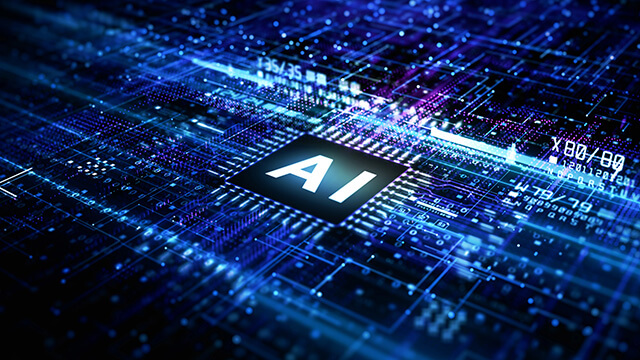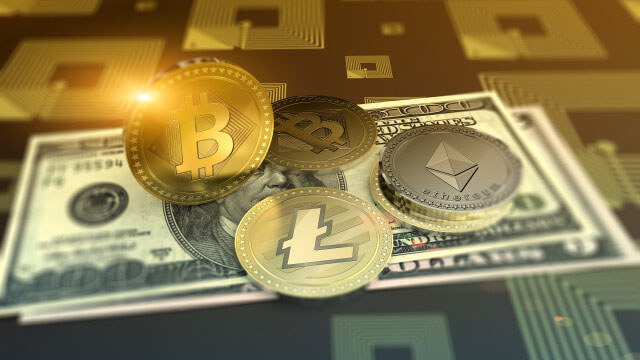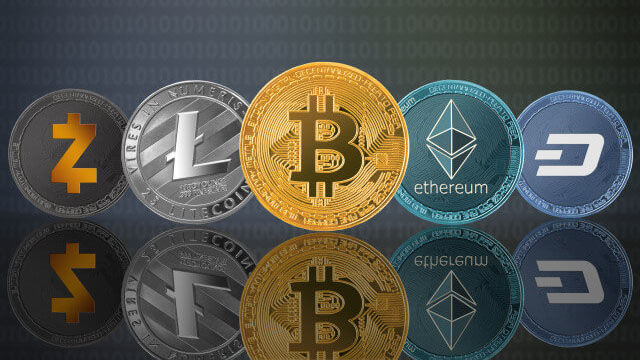
 174
174
AI and Blockchain to Revolutionize Retail Transactions
The intersection of artificial intelligence and blockchain technology is poised to ignite a transformative shift in business operations, according to prominent venture capitalist Kevin O’Leary. He envisions a future where AI can independently initiate retail transactions, utilizing blockchain infrastructure to execute secure and instantaneous payments.
In a recent briefing, O’Leary explained that AI-powered systems will soon be capable of identifying consumer preferences through voice commands, such as ordering a coffee. The AI would determine the best nearby retailer based on location and, through blockchain protocols, complete the transaction seamlessly. The process would be fully automated, with the retailer recognizing the customer through digital identification, resulting in a swift, on-demand purchase experience.
Despite the promising outlook, O’Leary cautioned that current blockchain architectures face scalability challenges. Traditional networks like Ethereum process transactions sequentially, which often results in delays and high fees during periods of peak demand. This congestion hampers the ability to support millions of retail transactions simultaneously, a necessity for the envisioned on-demand economy.
However, alternative consensus mechanisms such as Directed Acyclic Graphs (DAGs) offer potential solutions. These networks process transactions in a web-like structure, allowing for greater throughput. Projects utilizing DAGs, including Hedera and Nano, have made strides but have yet to match the widespread adoption and capacity of leading chains like Ethereum and Solana.
O’Leary remains optimistic, emphasizing the importance of scalable infrastructure to handle the volume required by major retailers and food service providers. His expectation is that once these technological hurdles are overcome, AI integrated with blockchain will enable faster, more efficient, and fully automated commerce.
Meanwhile, practical applications of agentic AI are already emerging in daily life. Examples include AI assistants that track grocery needs, compare prices across multiple vendors, and notify users when to restock essential items. The integration of payment solutions with these systems could soon revolutionize routine transactions, making seamless commerce a standard feature of everyday life.














